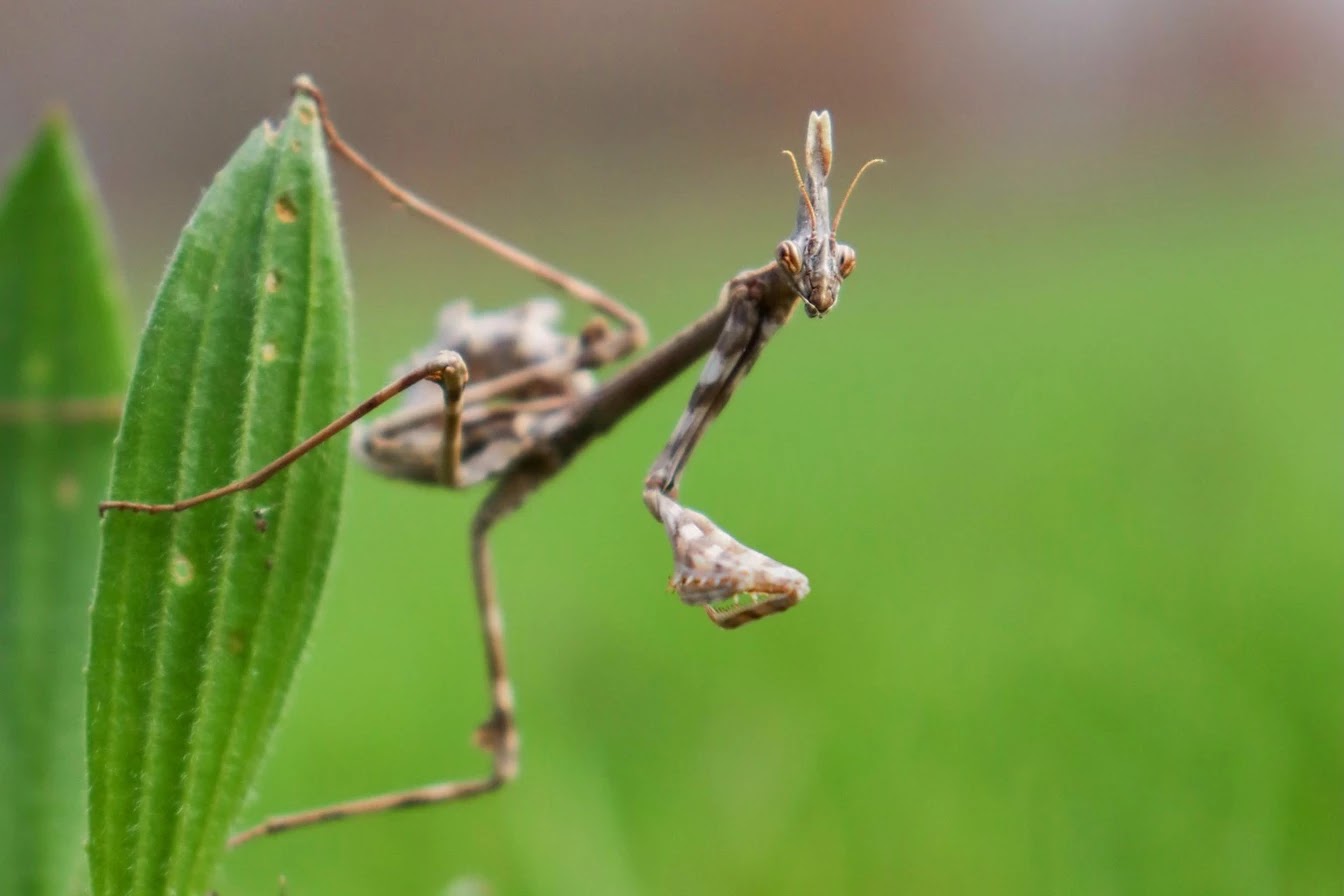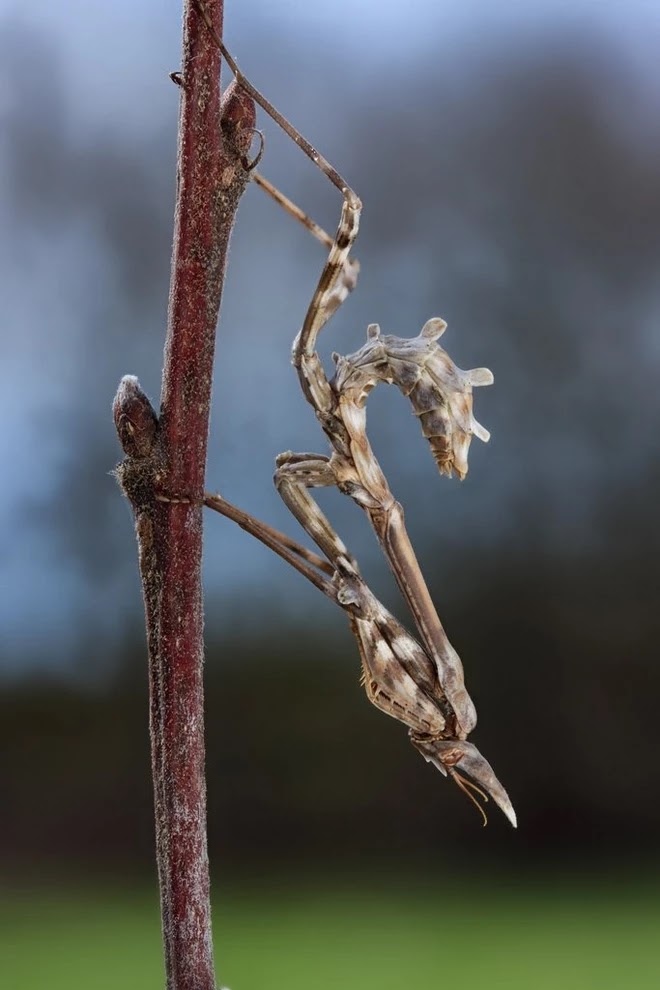Let's talk about macro photography. Today and I am giving you some great creative tips but first I wanted to discuss what you need to go into this department so that like any photography you can get the best and spend a million rupees Yes, but there are budget ways to do it. Also you don't need the best gear to enjoy the fun and creativity of macro photography, of course there should be a camera with macro lens but even if you don't have a macro lens, you are lucky that you all Before you want to have a tripod, whether it's small or full. -Size One This will let you stay stable and actually use your shutter speed to get the best results, no macro lenses are needed to take macro pictures and this is true if you use extension tubes there. These are very inexpensive equipment that allows you to remove your lens from the camera sensor so that you look really close that you will lose some functionality of the lens but it is a great way to get acquainted with your next macro. Is the cheapest way.
Pierre recommends using a Speedlite for 3-5x magnification. "The main light is still the sun," he says. "But having the flash adds a little bit extra to make the subject pop." Taken on a Canon EOS 60D (now succeeded by the Canon EOS 90D) with a Canon MP-E 65mm f/2.8 1-5x Macro Photo lens and a Speedlite 430EX II at 1/250 sec, f/10 and ISO400. © Pierre Anquet
For shooting macro, it's not about how close you are to the subject, it's about magnification levels. "If you want to shoot close-ups but don't have the budget for a macro lens, you can take this zoom and get some really interesting shots," Pierre says. Taken on a EOS 90D with an EF-S 18-55mm f/4-5.6 IS STM lens at 55mm 1/3200 sec, f/5.6 and ISO640. © Pierre Anquet
Pierre used an EF-S 60mm f/2.8 Macro USM lens to photograph a jumping spider: "It was smaller than the mantis, but this allowed me to include more of the environment in the shot." Taken on an EOS 90D with an EF-S 60mm f/2.8 Macro USM at 1/250 sec, f/8 and ISO500. © Pierre Anquet
Pierre used focus stacking for some of his photos. "The highest number of shots I took for a single focus stack was 28. The mantis was on a branch, and I wanted to have the entire insect in focus. By taking lots of shots and moving the camera, I could have the head, legs and the body in focus." Taken on an EOS 90D with an EF-S 60mm f/2.8 Macro USM at 1/250 sec, f/9 and ISO200. © Pierre Anquet
The Canon MP-E 65mm f/2.8 1-5x Macro Photo is a unique lens that allows you to shoot subjects at up to 5x life-size magnification. Taken on a Canon EOS 90D with a Canon MP-E 65mm f/2.8 1-5x Macro Photo lens at 1/250 sec, f/9 and ISO800. © Pierre Anquet
The MP-E 65mm lens is very versatile, enthuses Pierre. "At 1x magnification you can fill the frame with a larger insect such as a butterfly or a cicada, and then you can go to 5x magnification and shoot very small insects." Taken on a Canon EOS 90D with a Canon MP-E 65mm f/2.8 1-5x Macro Photo lens at 1/160 sec, f/8 and ISO2000. © Pierre Anquet













No comments:
Post a Comment